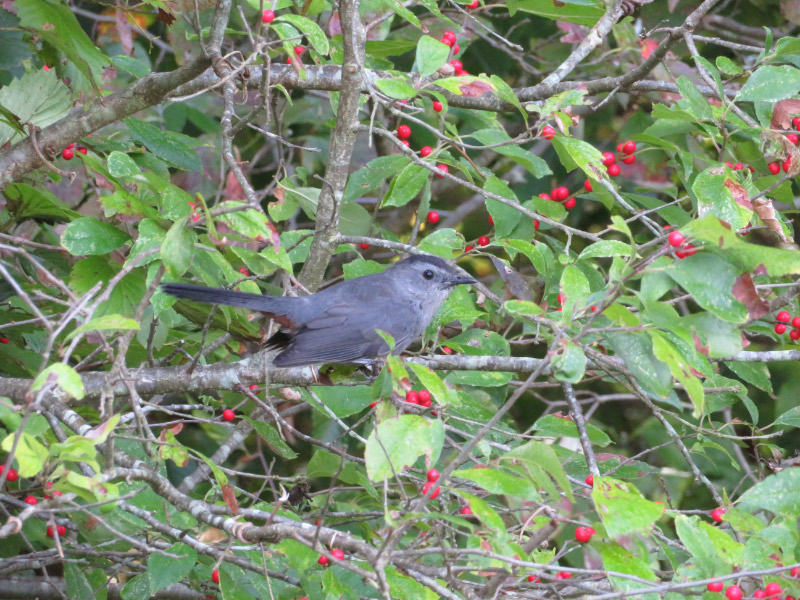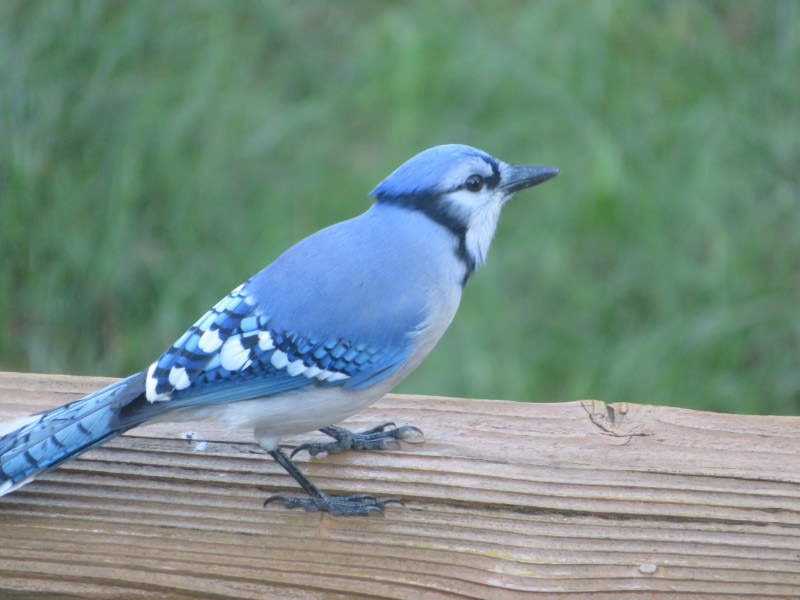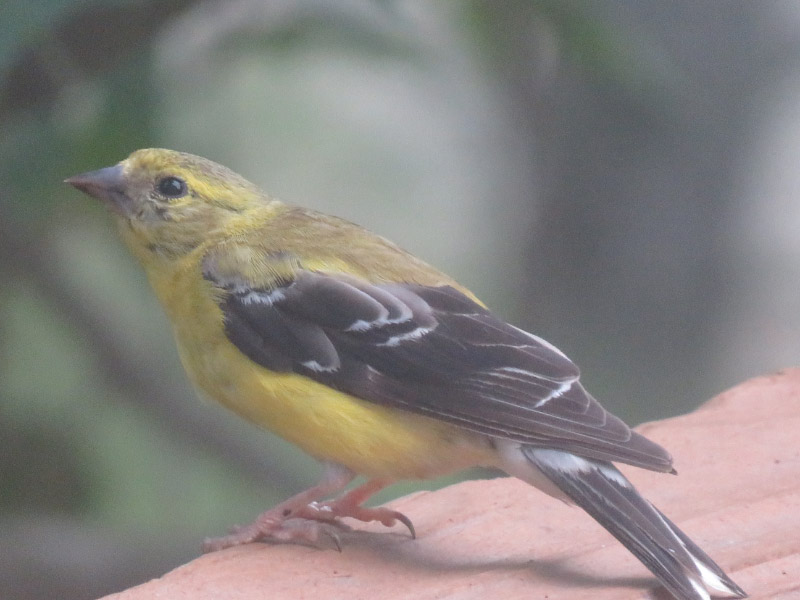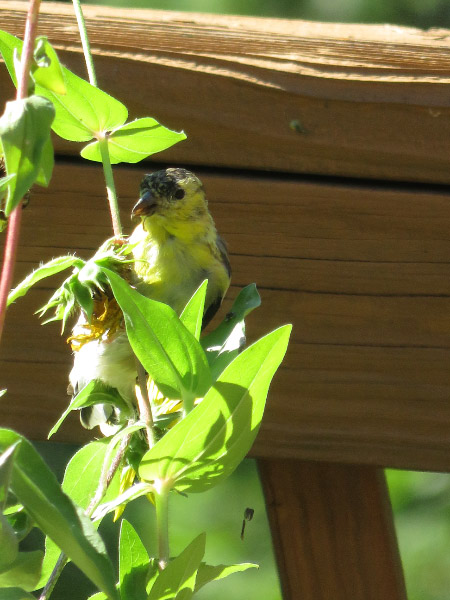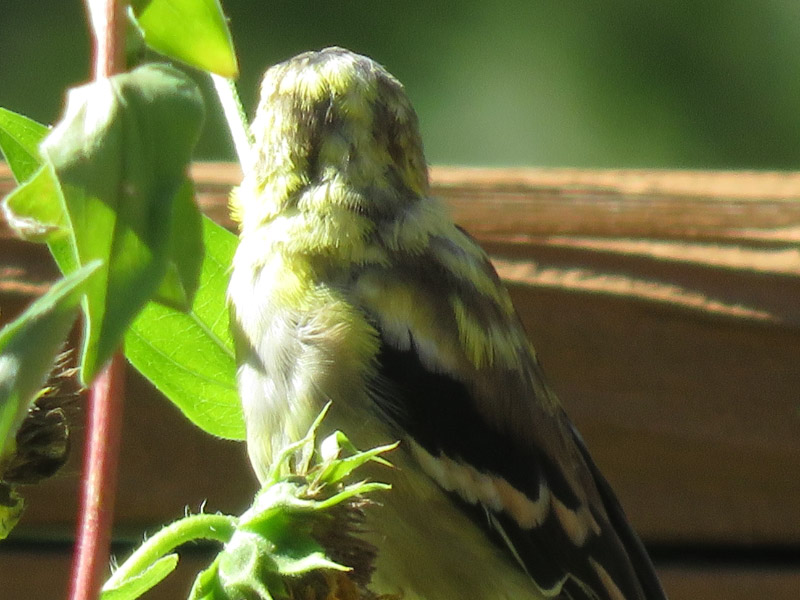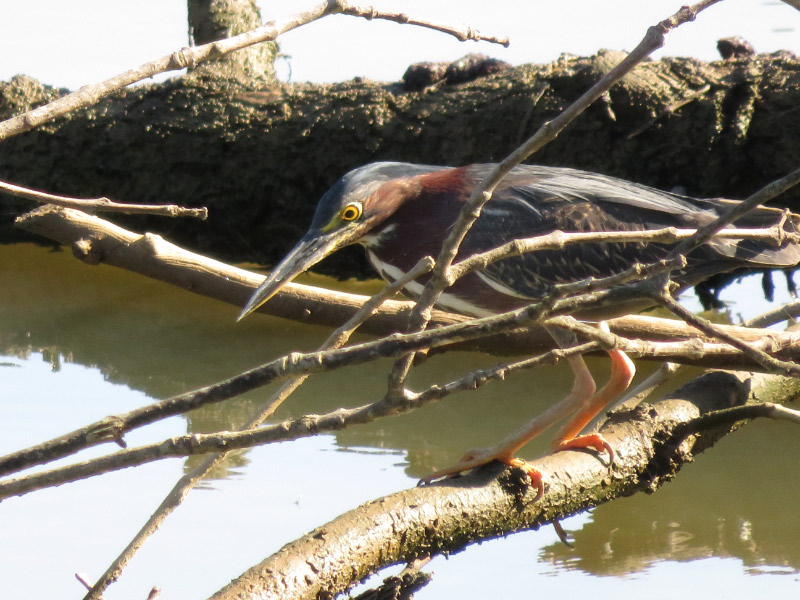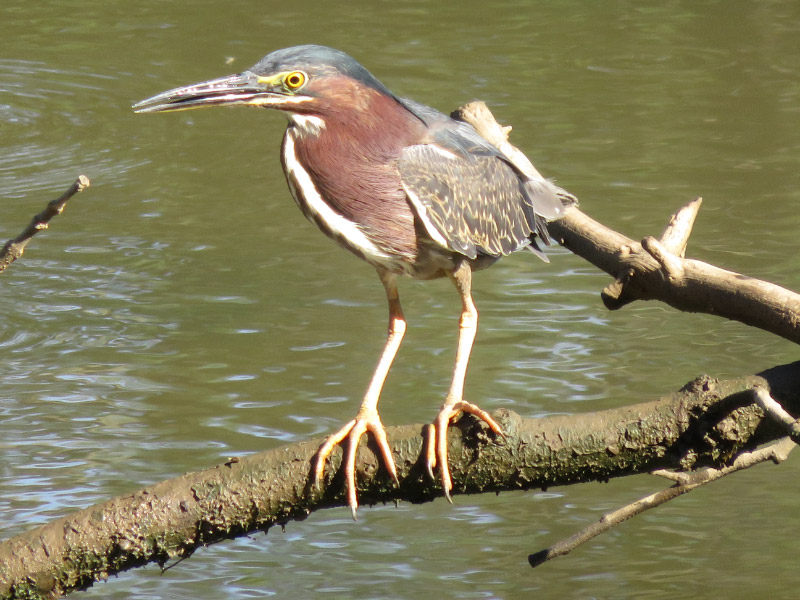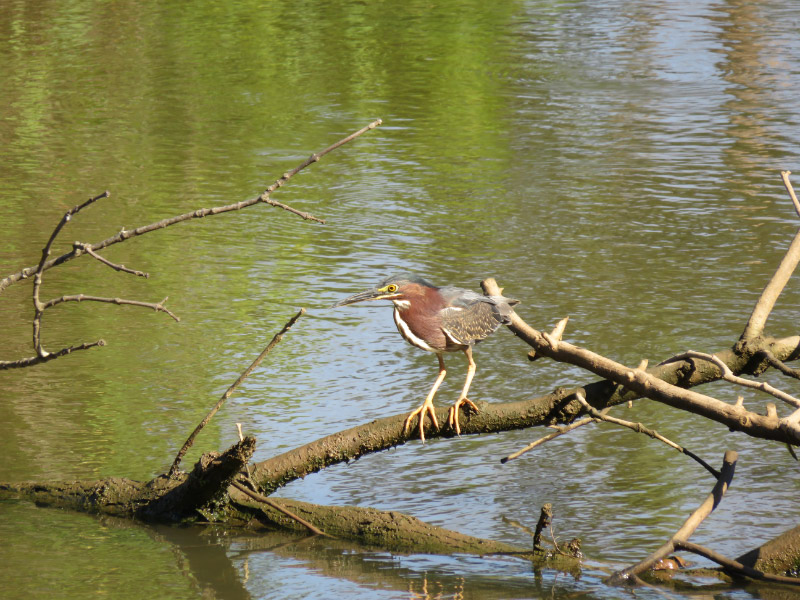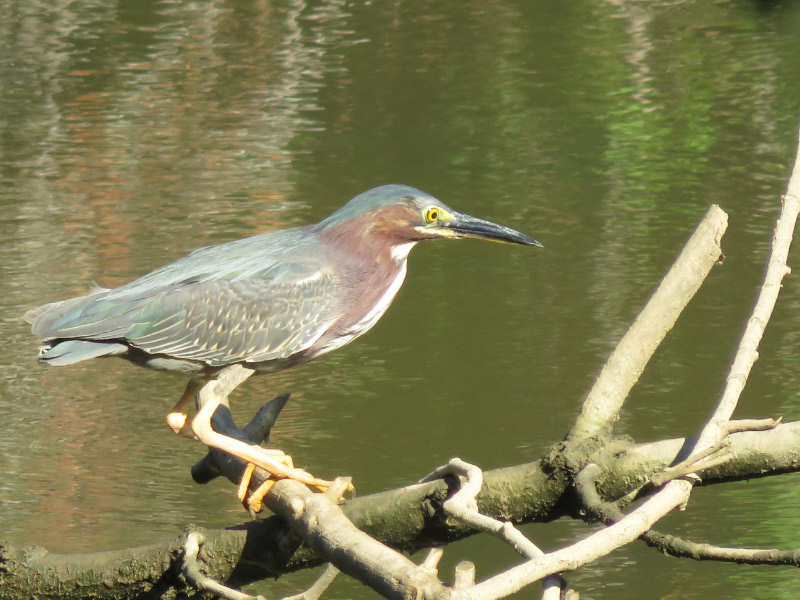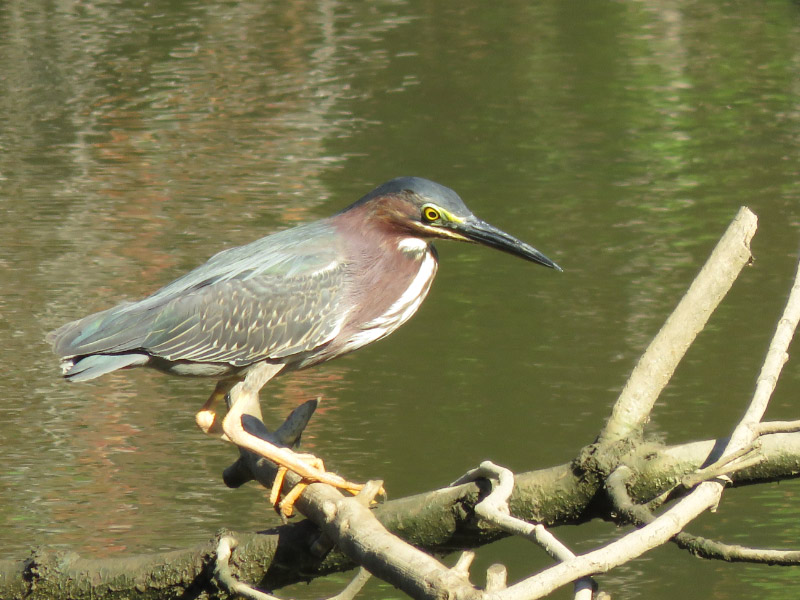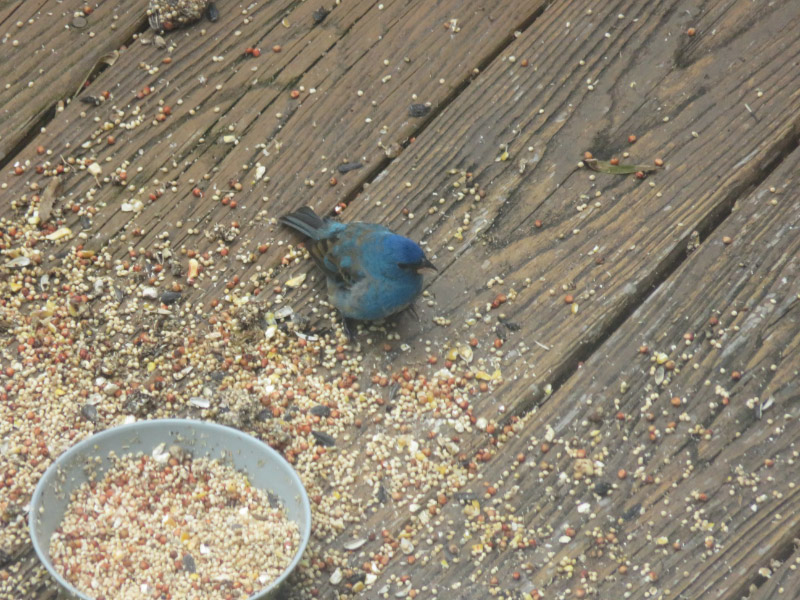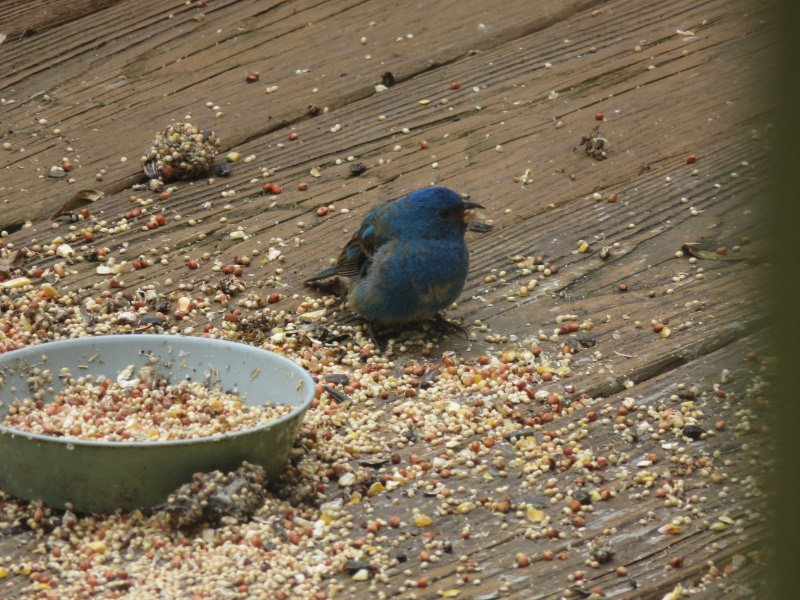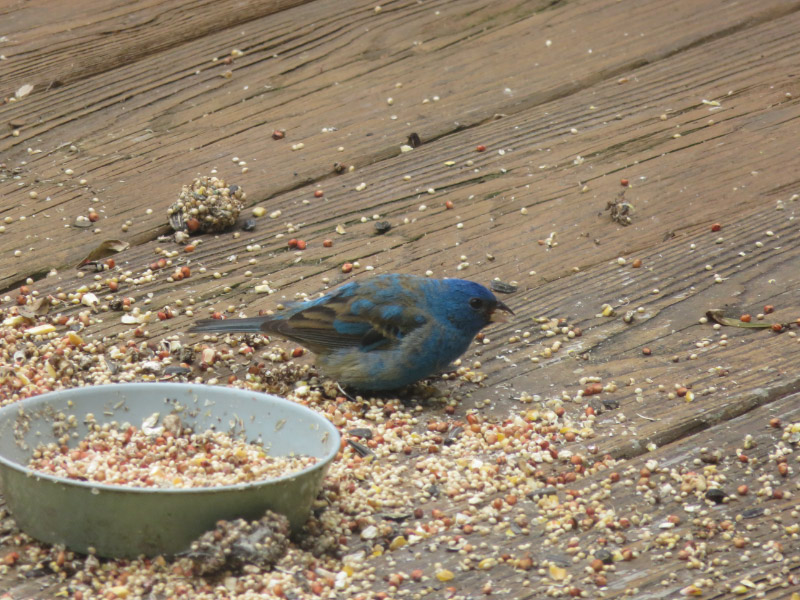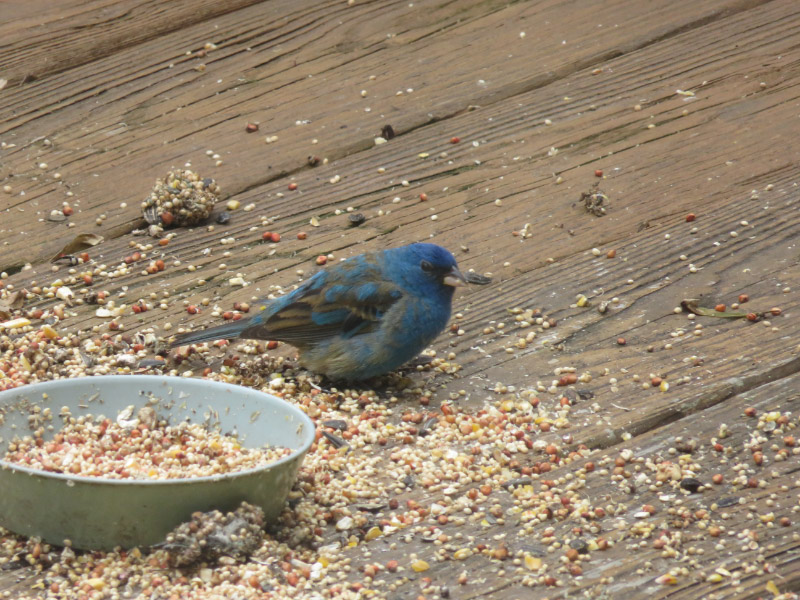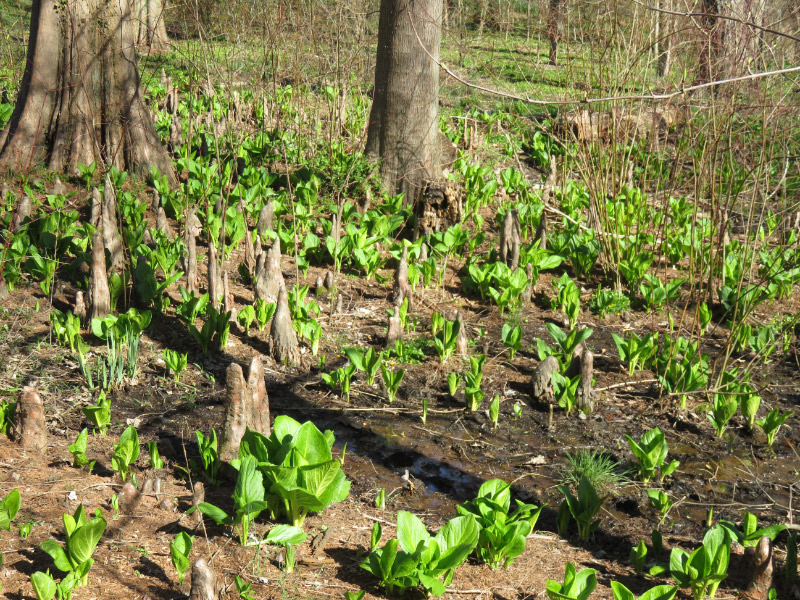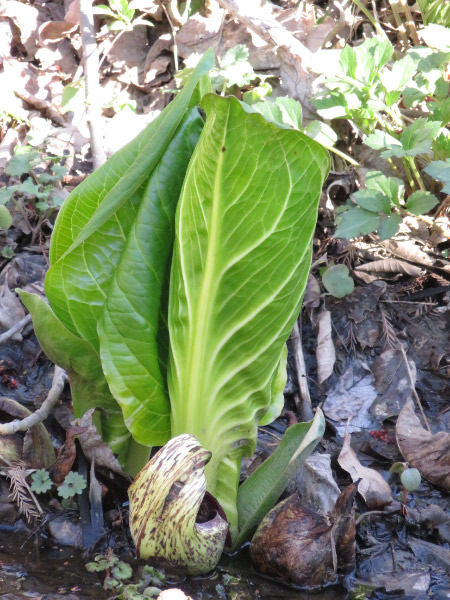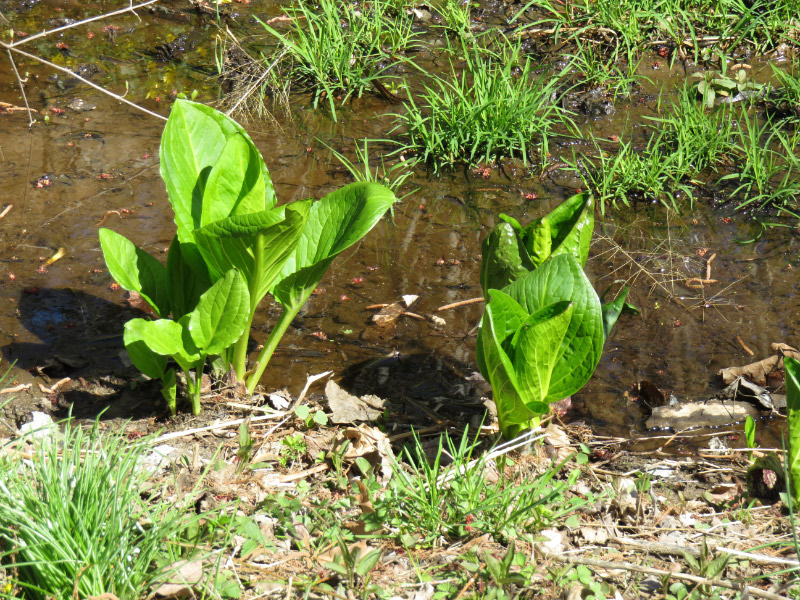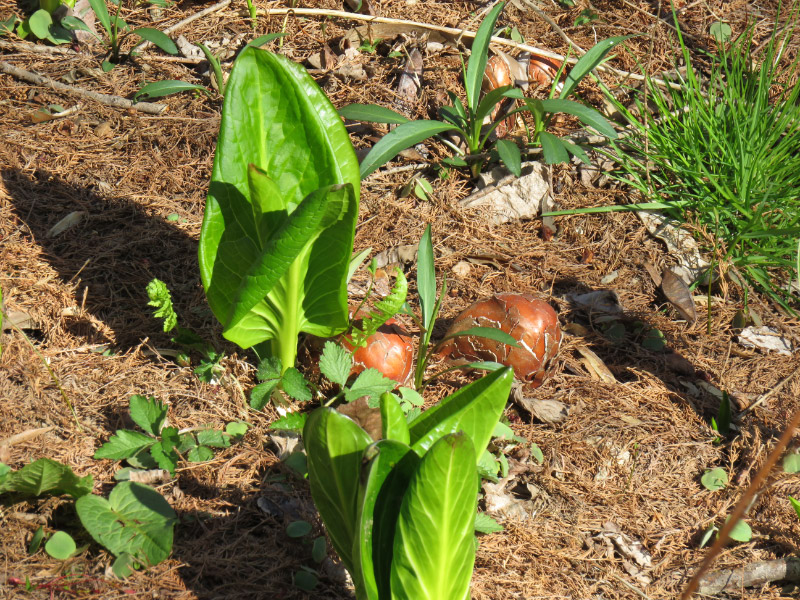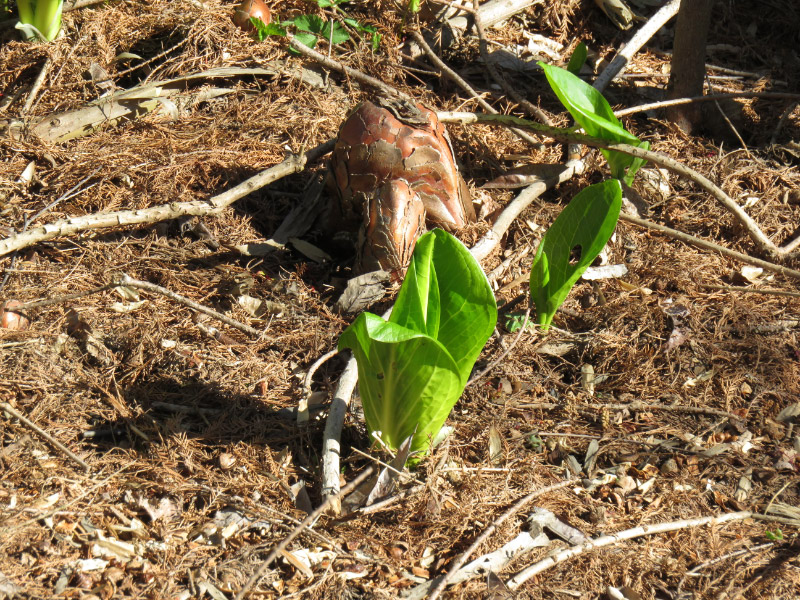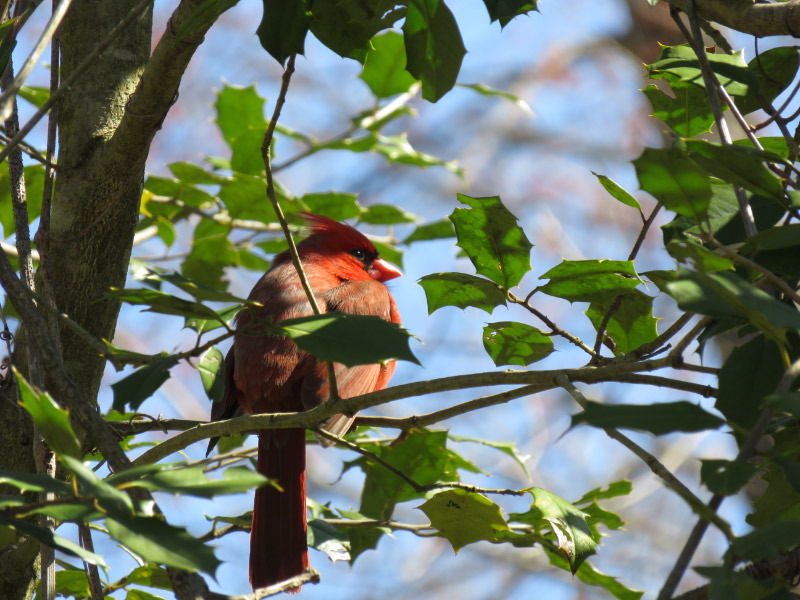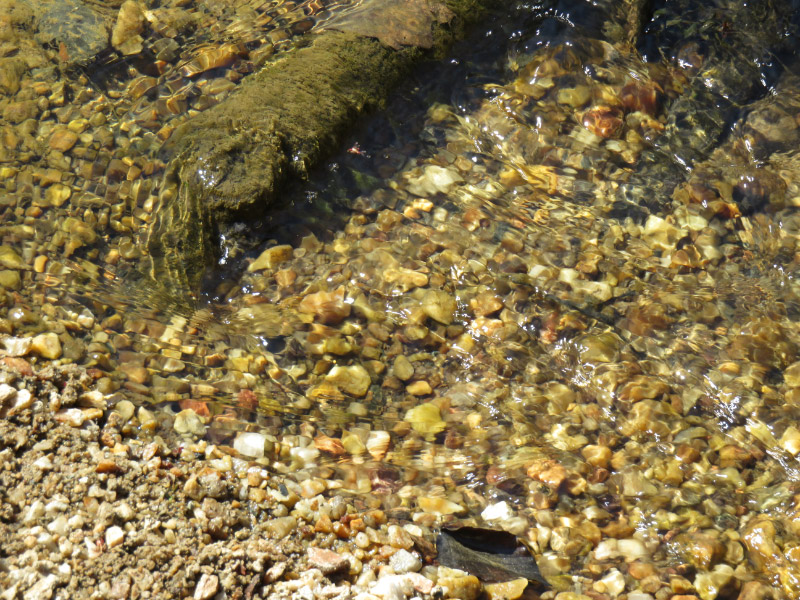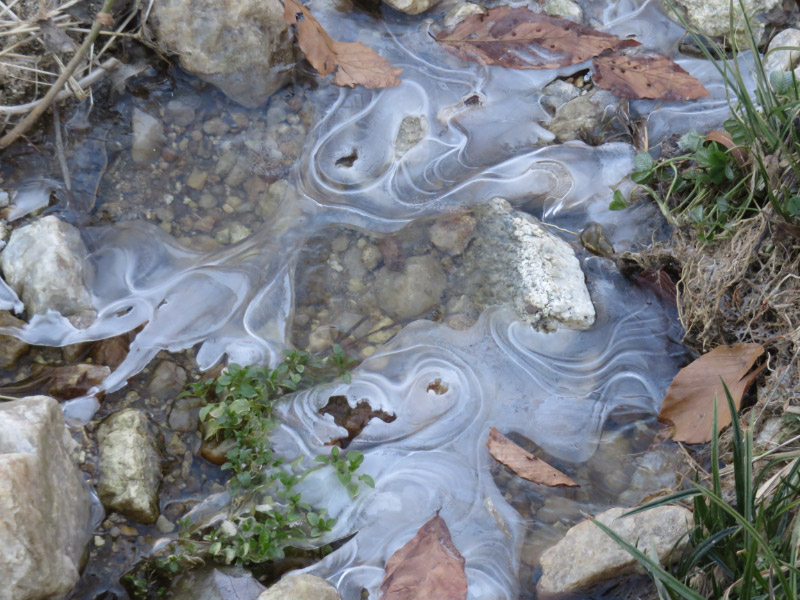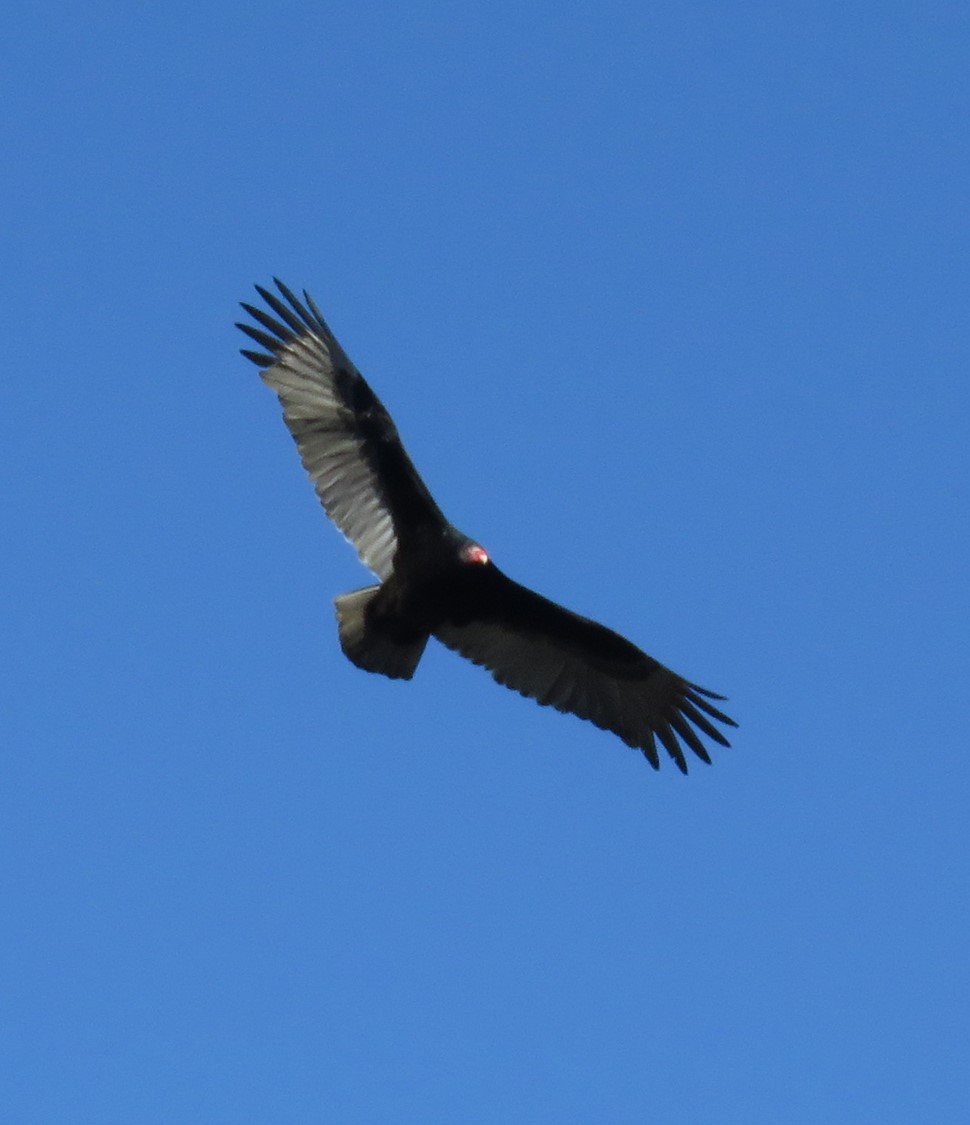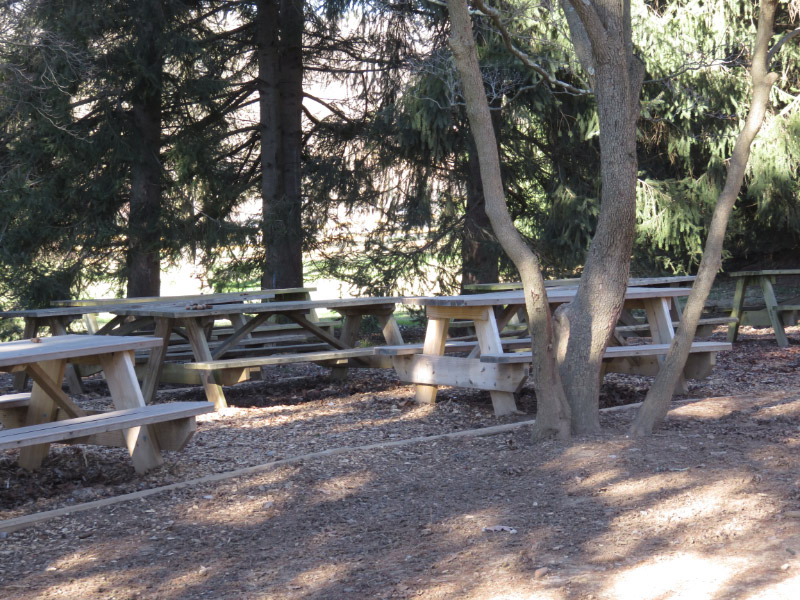Turkey Vulture
/I was working in my office recently and saw a large bird swoop in front of the window – just in the periphery of my vision. There are a lot more crows about these days but my impression was that the bird was bigger than a crow. I got up to look out the window – expecting to not see the bird. But – the bird had stopped on the roof of our neighbor’s house and seemed to be posing for a picture!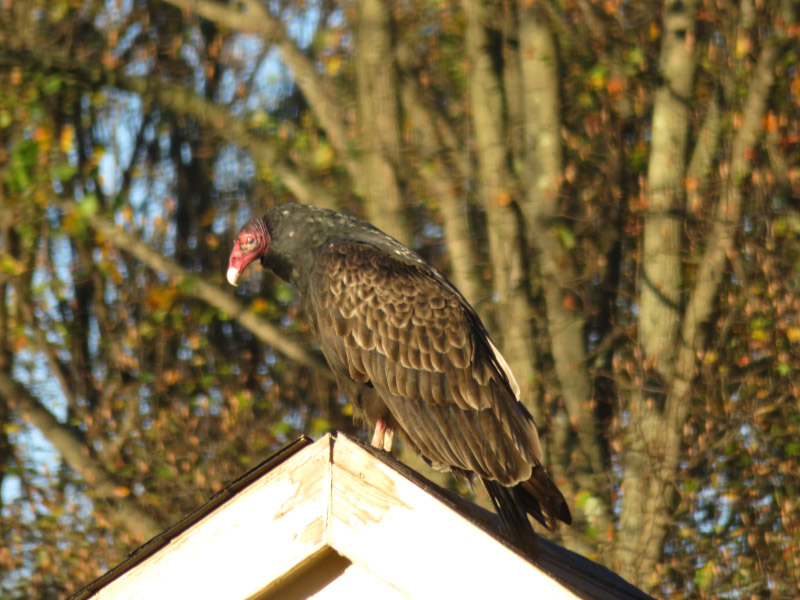
It was a turkey vulture! I have learned to recognized them as they soar (their outstretched wings look white on the tips and back edge; the black vulture’s wings look white only at the tips) but don’t see them on the ground frequently. This one was close enough to use the camera zoom and get a ‘vulture portrait.’
The bird seemed to be looking right at me at first – but then turned. It flew away eventually. I was glad there wasn’t something dead in by backyard that had attracted it!

